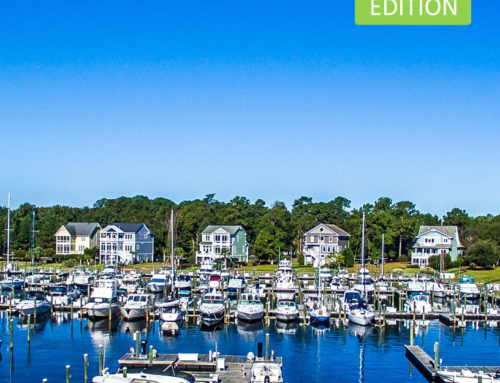The saying is true, at least here in the south. April showers do bring May flowers and the best month for planting. If you are thinking about adding some new plants to your landscape, here are a few important tips from Dan Nortman of the Virginia Cooperative Extension Horticulture Agent in Yorktown, PA.
A well-organized landscape with fewer plants looks better and is easier to maintain than an over-crowded over-planted landscape. Assess your current landscape to determine what areas could use a little pop of color or maybe you are in need of some privacy from your neighbors. Once you have a plan in mind, consider the specific area. What is the sun exposure, drainage, soil type and how much space do you have to fill? These factors will all come into play when you arrive at the nursery to purchase your plants and supplies. Other considerations are the variety of plants already in your yard. Be creative and think “native”. Plants indigenous to your area will fare better and thriving plants will add a noticeable effect to your space. Don’t get bored with the typical plantings, add a trellis or a few pots to your landscape plan to add more interest. Remember, landscaping can be vertical so flowering vines when strategically placed can change the whole look of your yard.
Once at the nursery or garden center, read the plant labels to make sure the plants you choose will flourish in their new space. When you have the best choice for your space, select the healthiest looking plants. A strong root system will help ensure a better transition once planted. Making sure the plants are disease and pest free is also important. Choosing the “cheaper, struggling” plants in the sale section could mean they will continue to struggle once you get them home.
While at the garden center make sure to pick up an appropriate fertilizer and mulching product. If you aren’t sure what fertilizer to buy, start with a soil test kit to determine the nutritional needs of your plants. Your mulch choice is equally important. Mulch is both an attractive “finishing touch” and an important part of landscape management for its ability to control weeds and retain soil moisture. In the south, many homeowners and landscapers use pine needles or “pine straw” which is lightweight and natural looking. Other choices are pine bark nuggets and shredded hardwood much and all seem to be equally effective. When applying your much, make sure to leave room around the base of your trees or plants to allow the roots to breath and don’t pile the mulch too thick or the moisture won’t be able to penetrate the soil. Excessively mulching will also give voles a place to hide while they multiply and devoir your plants.
Now that you have everything you need, take care when planting. You will want to soak your roots and loosen the soil around them. If the roots are “bound in the pot, take a knife and make a few vertical cuts to allow the roots to spread out and take hold in their fresh, nutrient rich soil. Give the plant plenty of ground space and water it well after covering the roots. Now you can fertilize, mulch and enjoy the impact of your thoughtful planning and hard work.










 let's connect!
let's connect!